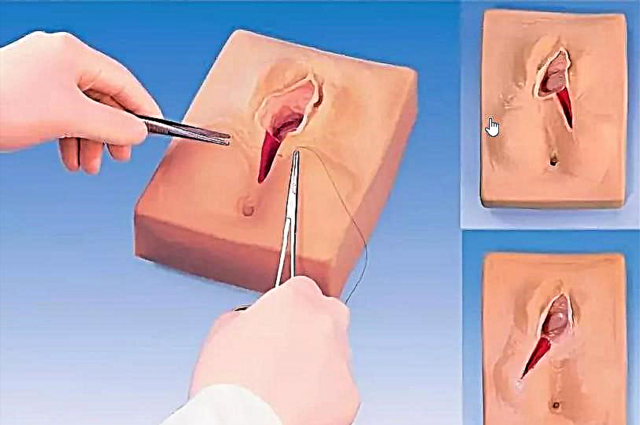
In babies, diseases of the oral cavity appear quite often, since in the first years of life they are actively teething, and children constantly pull various objects into their mouths. Attentive moms and dads immediately notice if something is wrong in the child's mouth, for example, a strange growth on the gum appears. Why does such an education arise and how to get rid of it?

What is it
Most often, parents are faced with a situation when a red growth has developed on the child's gum. Such an education can cause discomfort in children and interfere with food intake, and sometimes bleeds, but it happens that a red growth does not bother the baby.
Also, many children may develop a white growth of a rather dense structure.

Reasons for the appearance
A growth on the gum in a child may occur:
- When a new tooth is erupting. As a rule, before the first denticle appears in the baby's mouth, a small growth first appears. Also, a build-up may appear above the milk tooth when it is time for a permanent eruption, and the milk has not fallen out. In such a situation, the molar tries to erupt higher, which at first looks like a growth.
- With untreated caries, if the infection has penetrated into the deep tissues of the tooth and caused such complications as periodontitis. With it, pus forms in the gum tissues, which, in search of a way out, forms a red bump under the mucous membrane. Gradually, a white dot appears in the center of such a growth, and then it all becomes purulent and, if untreated, breaks through, as a result of which a hole (fistula) forms in the gum.
- As a result of trauma, for example, if a child hits the gum, scratches it with something sharp, has a broken bite, or an incorrectly installed filling... In such a situation, the baby develops a formation called epulis or supragingival. This is a benign growth that does not bother the baby and does not hurt if you press on it. It is reddish, soft to the touch and rough, and can bleed when pressed. This epulis is called angiomatous. There is also a fibrous supragingival, which is a dense, round or oval outgrowth that does not bleed when pressed. Less common is the giant cell form, which is distinguished by a red-blue color and tuberosity, as well as ease of trauma.
- When a cyst appears on the gum. Such a growth will be with a fairly dense structure, since there is often liquid inside the cyst, and an unpleasant odor may come from the child's mouth.
- With the development of a neoplasm on the gum. Although quite rare, a growth in a child can be a symptom of cancer.

What to do
It is impossible to ignore the appearance of any formations on the gums of a child, therefore, when an outgrowth appears, the baby should be immediately shown to the dentist. Only a qualified doctor can determine why a child has such a problem and how to properly treat it. Any folk remedies can only be used as an adjunct to the treatment prescribed by the dentist.
If the doctor discovers that the growth is represented by an erupting tooth, he will only give recommendations on oral hygiene and the elimination of the uncomfortable manifestations of the eruption process. If the growth is caused by an infection, the dentist will immediately begin to treat the teeth to prevent it from spreading into the mouth.
With deep infection of the roots of a milk tooth, in most cases, the tooth itself is removed so that bacteria do not penetrate to the rudiment of a permanent tooth.
In a situation where the growth turned out to be a cyst that interferes with the child, it is most often removed. In addition, the cyst can become inflamed and become infected, which is also a reason to remove it before such a formation becomes a source of infection in the mouth. Surgical treatment is also resorted to when epulis is found.




